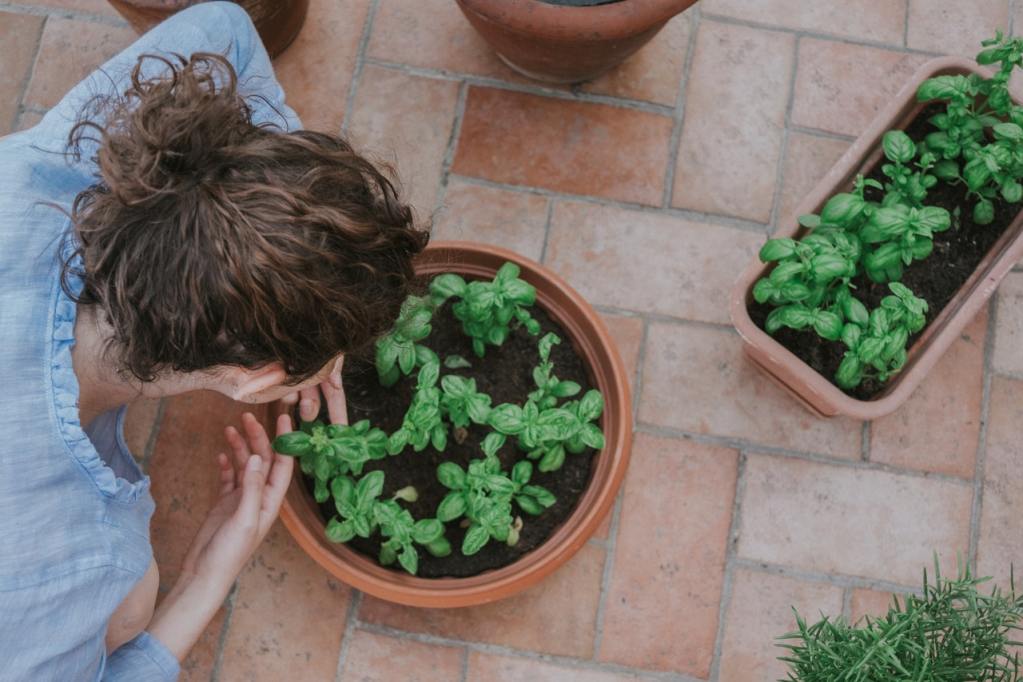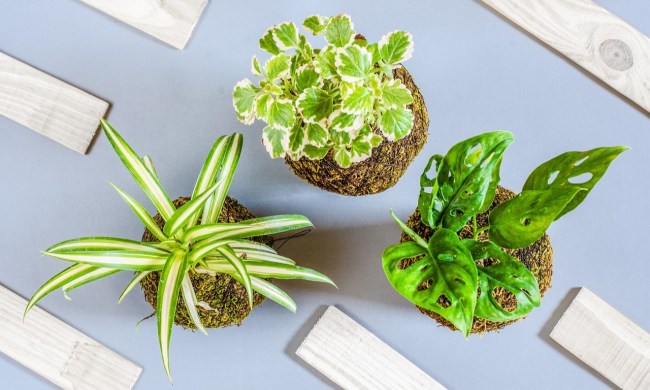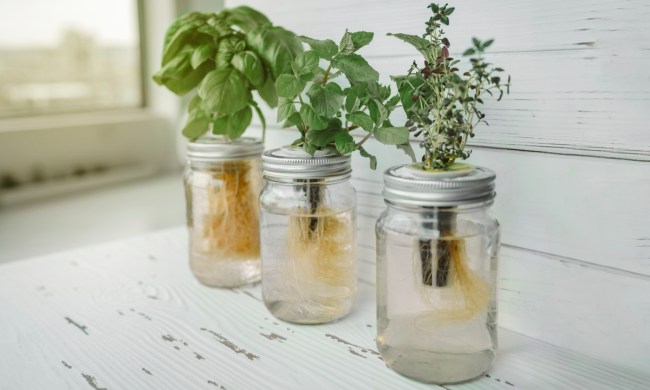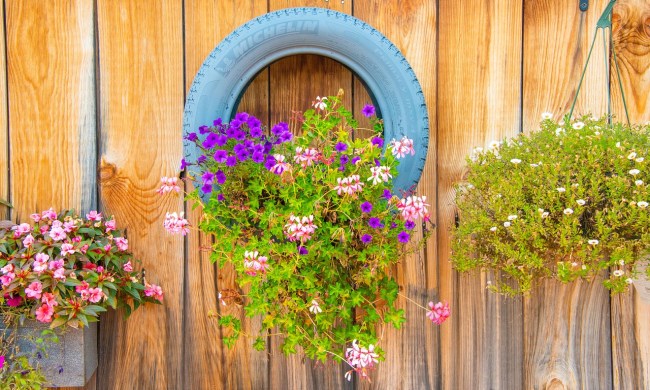After the initial setup is done, the most time-consuming aspect of gardening is watering. In dryer climates, gardens sometimes need to be watered daily. With our busy lives and other hobbies taking up our time, sometimes our plants suffer. With the help of self-watering planters, we can keep up our schedules and our plants won’t wither away and die.
What is a self-watering planter?
There are many different designs of self-watering pots, but basically they are planters with a water reservoir on the bottom and a watering hole at the top. Where the plant sits has holes in the bottom where the roots can reach down and take advantage of the water as needed. Often these planters look no different than a traditional pot, but they might have a water gauge on the side or a spot where you can pour water directly into the reservoir.
The benefits of self-watering planters
There are many benefits to adding a self-watering planter to your gardening tool belt. Let’s dive into some of the reasons that might convince you to give it a try.
Saves on water
It’s commonly known that conventional soil gardening uses up a lot more water than almost any other form of gardening. Now that more people are conscious about the importance of saving water, a self-watering planter might be the solution you’re looking for. Instead of excess water flowing into the soil and being lost forever, extra water within a self-watering pot is collected in the space below the plant. Here the water stays and can be used by the plant when it reaches its roots down into it. Some planters even have buckets on the sides for overflow water that can then be poured back into the plant when it needs it.
Nutrients stay within the pot
Like the water-saving aspects, self-watering plants also allow the plant to use up all the nutrients within its soil and the water provided. In traditional gardening, those nutrients are carried below and out along with the water. In a self-watering system, they stay in the water that’s in the reservoir. This saves money as well since you won’t need to fertilize these plants as often. Your plants within self-watering pots might even perform better and produce more fruit because of this nutrient-saving feature.
Saves you time
It’s not often that a gardener will buy a few plants and not get sucked into the world of gardening. When this happens, they start to look for ways to make gardening more manageable and less time-consuming to get more plants. Self-watering planters save gardeners an enormous amount of time. Watering every plant within a home and garden can take up hours per week. Fill the basin of a self-watering pot, and don’t worry about that plant for weeks. You can also go on vacation or spend time on other hobbies without worrying about your plants dying.
Option for small space gardening
If you don’t have acres of space to create an expansive garden in a backyard, container gardening is an excellent option. Self-watering planters are an ideal choice for apartments, condos, or homes with small yards. You save time, space, nutrients, and water.
One of the best self-watering planters
Now that we’ve thoroughly convinced you to invest in a self-watering planter, here is one of the best options on the market. Made by Keter, this self-watering raised garden bed has loads of amazing features that novice and veteran gardeners alike can enjoy. Standing at 30.7 inches tall, 32.3 inches long, and 14.7 inches wide, this planter holds an impressive number of plants while still fitting into tighter spaces such as apartment balconies or small decks. You could even use grow lights and place this planter in your home!
It holds 12.7 gallons of soil and even has a special tray for seed starting. It’s protected from UV rays and won’t fade in color over time. There’s a manual drainage tap and a water gauge so you’ll never have to worry about plants drying out or getting root rot.
Reviewers of this product love the design and even say it’s gardening for idiots! Without the fear of watering their plants too little or too much, consumers have found that using this self-watering planter has improved their plant’s production and lowers the risk of those plants dying.
Whether you decide to purchase this fantastic self-watering planter or you find your own, it’s easy to see there is an impressive list of pros for implementing a self-watering planter in your gardening tool belt.




